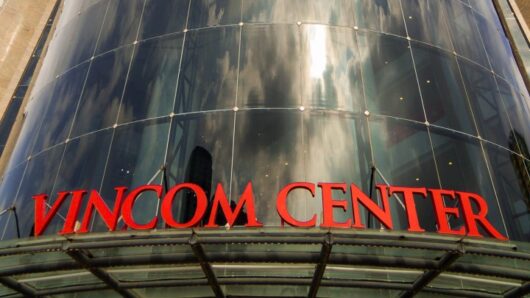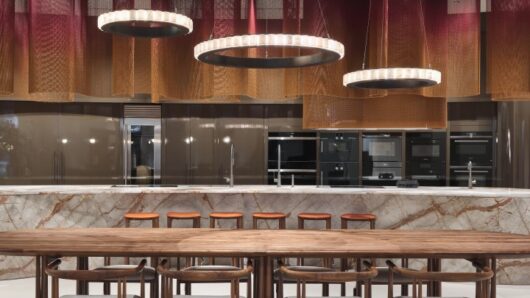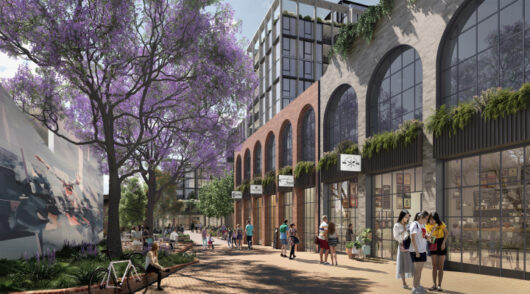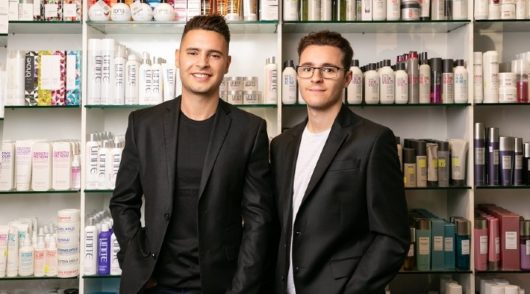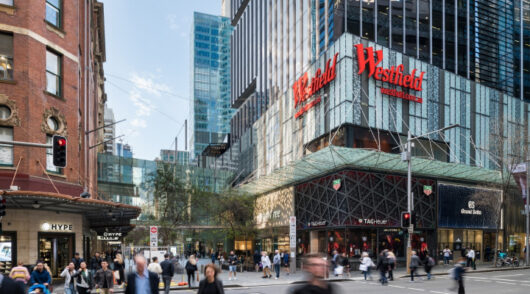Converting the Indonesian mass market from the marketplace style retail hubs that are its trademark to a western style store was never going to be an easy task, but smartphone brand BlackBerry is tackling the task head on.
Engaging Australian creative design agency, e2 to create a “unique and identifiable brand experience that can be rolled out across South East Asia”, BlackBerry parent Research in Motion (RIM) has set its sights in particular on the Indonesian market.
“This project was very much an Indonesia-centric one, based on the massive market opportunities there,” Patrick Moloney, client director at e2, told Inside Retail.
Those market opportunities include a population of more than 220 million, very influenced by western culture, a preferred allegiance to BlackBerry when it comes to smartphone handset (as opposed to Australia’s love affair with Apple’s iPhone) and a surge in smartphone purchases prompted by social media.
“In the background, one of RIM’s main goals was to shift the ratio of the grey market sales,” Moloney explained. In Indonesia, the marketplace is largely made up of grey markets – high density markets set up in buildings selling everything associated with telco brands and products.

“The grey market is predominately where BlackBerry sales occur, and unfortunately, there’s a lot of unauthorised product, so it’s copy product being sold as BlackBerry.
“By creating this presence in the marketplace it will support the shift in sales to authorised product from the grey market, which was about 80 per cent of sales. The stores are a key communication tool for RIM.”
To help with this transition, e2 has designed a range of store formats, covering everything from flagships to kiosks, right down to a trade stand.
“We needed to ensure that there was consistency in the marketplace for the brand,” says Moloney.
The three main formats to be rolled out are the flagship model, spanning 350sqm to 400sqm; a lifestyle store, at 80sqm to 150sqm, dependent on the site; and a kiosk-style design of around 20sqm for the grey market.

“We went to Jakarta and visited a whole lot of stores. Traditionally, what you would experience in a store in Indonesia is that all of the handsets in store are dummy product , and those dummies are kept in glass cases.
“The stores are poorly merchandised and they have really competitive communication, so there’s no hierarchy of communications within the store. Everything required maintenance, and the condition of the stores was fairly poor.”
But Indonesia has two things going for it: ownership of a BlackBerry is seen as a status symbol by the people of Indonesia, and the option of a Bahasa language keyboard (the local language) on Blackberry (missing on some other smartphones) has led to the brand becoming number one in the marketplace.
“One of our concepts for the store was ‘many lives, one device’, and that is about how the product can support a range of users and respond to their every day needs in a handset, and the store environment really needed to do the same.
“As part of the central idea for the design there was the element of hospitality within the store and that has come about in plans for a BlackBerry cafe and bar.
“The flagship design has quite a large lounge for customers. Given the activation and sign up process for customers taking on a new mobile phone can be time intensive, we’ve worked to provide different spaces within the store where people can wait for the service, sit and enjoy the store, and play with products.”

In the hospitality lounge, BlackBerry customers will find themselves treated to BlackBerry branded water and coffee while they wait.
Another large portion of the Indonesian smartphone market is repairs. As a result, e2 has sought to bring theatre to the flagship stores with the BlackBerry service lab – a glass walled repair zone behind the point of sale allowing customers to see into the repairs workshop and watch staff in white lab coats make repairs on the spot.
“The store is full of live product, which is quite a risky decision based on how the market is and that theft is quite high in indonesia, so what we are really allowing for is a fully immersive product experience for customers that visit that store.
“They have the opportunity to interact with live handsets and PlayBook (tablet) within the store and see how all the BlackBerry products can work together with the BlackBerry presenter and stereo gateway and play games on the PlayBook and have that broadcast to a large format screen in the gaming zone,” Moloney described.
Stores use a colour palette of predominantly white, with dark furnishings and and uses a stretched barrisol ceiling through the centre of the store, back lit and illuminated to draw shoppers into the store and lead them towards the back of the store where the service lab and point of sale are located.
The layout of each format embraces the racetrack, with product located in the front percentile of the floorplan.
The first store opened at Siam Paragon in Thailand’s Bangkok last October, co-managed by Thai phone retailer Jaymart, with two stores now also having opened in Jakarta in Indonesia, and more stores planned for rollout across Indonesia, managed by local operators.
* This story first appeared in the magazine edition of Inside Retailing. For subscription information visit here.

